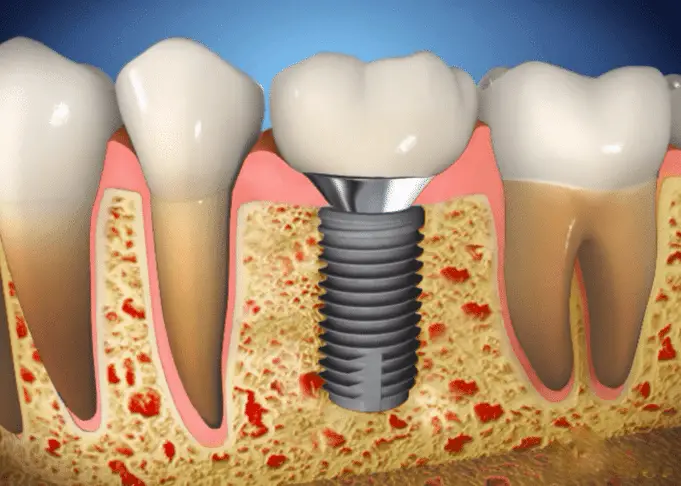Dental bridges, crowns, and implants are permanent dental restoration prostheses that don’t only make patients’ teeth look better but also help strengthen and protect them when they get damaged.
These devices are fixed to the teeth or bone and can only be removed or replaced by a qualified dental professional.
In this article, you’ll learn about what each of these devices do. We’ll discuss the primary functions they serve — their practical and medical benefits as well as how they can improve your teeth aesthetically.
Dental Implants
Known medically as endosseous implants, dental implants are a type of artificial teeth that are surgically implanted into the bone of the jaw or skull as replacement for teeth that have gone missing due to disease or injury. They can also be used to support a variety of other dental prostheses, including dentures, dental crowns, and dental bridges.
When performing an individual tooth replacement, a dentist will first surgically affix the screw part of the implant to the bone, positioning it flush to the bone but beneath the gum.
The torn gum will be allowed to heal for a few days, after which the screw underneath it is again surgically exposed so that an implement called an abutment can be attached to the screw. The last stage of the restorative process is the placement of the prosthetic tooth over the abutment.
Dental Crowns
As the name suggests, a dental crown is a type of dental restoration prosthesis that is used to “crown” a damaged tooth or a dental implant, restoring the tooth’s utility, strength, and morphology.
Dentists typically use dental cement to fix the crown into position, allowing it to thoroughly cap a tooth, thereby protecting it from further damage and improving its appearance.
Your dentist may recommend a dental crown if your tooth has been severely damaged by cavity and there isn’t enough tooth left to be filled in with inlay.
It can also be used to repair a tooth that has been fractured due to trauma, to cover a tooth that has received endodontic or root canal therapy, to make the tooth a suitable anchor for removable partial dentures, or to make an unattractive tooth look better.
Dental crowns are usually made of porcelain and ceramic, although metal alloys can also be used when greater strength and material integrity are desired.
Dental Bridges
Like dental crowns, dental bridges are permanently fixed to the teeth. The difference is that these dental restoration prostheses are specifically for patients who are completely missing one or more teeth.
Dental bridges work by joining a synthetic tooth to adjacent teeth or dental implants. These neighboring teeth or implants are covered with crowns and serve as anchors that support the false tooth, which is also known as a pontic.
Aside from restoring or improving the look of a patient’s teeth, dental bridges can also help prevent the surrounding teeth from shifting into the space where the missing tooth is supposed to be.
When a pontic is introduced between the teeth, conditions like gum problems and malocclusion (misaligned teeth) can be avoided
Your dentist will typically take an impression of your teeth in order to take proper measurements and manufacture dental prostheses that are customized just for you.
Most of these devices are designed to last for a very long time, although they can still come loose sometimes due to force or the effects of dental diseases. To improve the longevity of your dental prostheses, make sure to maintain good dental hygiene at all times.
About the Author
David S. Frey, DDS is a cosmetic dentist with 20 years of professional experience. He is one of the most trusted names in cosmetic and restorative dentistry in California’s Beverly Hills area. Dr. Frey also writes for his own blog where you can find tips on oral health care.












